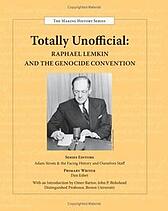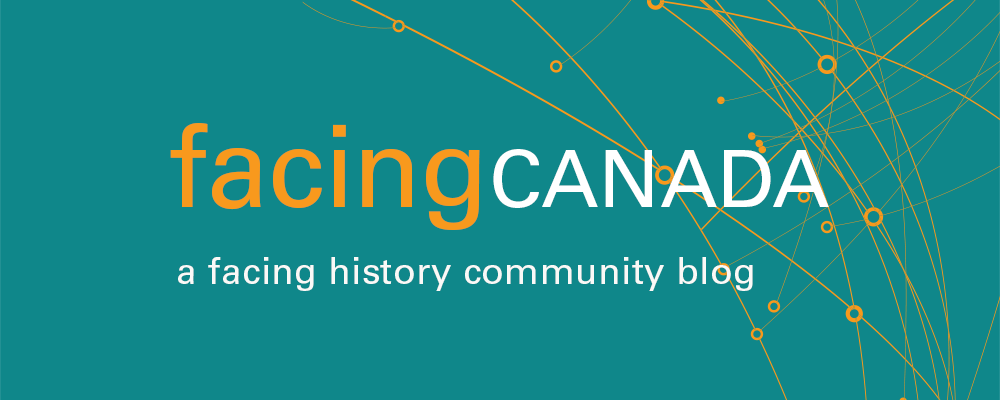In our studies of 20th century genocides, we explore the rights and roles of leaders in a sovereign state, and the cardinal rule of state sovereignty that has prohibited intervention: the right to independent authority over a territory. But how should sovereignty be exercised? How do we engage students meaningfully in this question?
 What is sovereignty? A big question. Perhaps even an essential one...
What is sovereignty? A big question. Perhaps even an essential one...
An understanding of this concept is incredibly useful in examining the actions and decisions of the major players in the Armenian genocide. My class approaches this concept from a polarized point of view.
SOVEREIGNTY
|
ABSOLUTE RESPONSIBILITY |
ABSENCE OF RESPONSIBILITY |
I begin this class using a strategy called Barometer. The class learns the definition of sovereignty either from a member of the class or a dictionary (or a smart phone). Then, without a discussion of context, the students are asked to place themselves along a physical continuum; 1 being absolute responsibility and 10 being absence of responsibility. Students then share their reasons for choosing where to stand. As students share their ideas, other members of the class are permitted to change their mind should they feel the words of their classmates warrant a shift in their opinion.
Students then retake their seats. They are informed that some context for the discussion will now be provided. They read pages 2-4 of Totally Unofficial: Raphael Lemkin and the Genocide Convention.
In this reading you will find that Raphael Lemkin holds the idea that sovereignty is the ultimate responsibility to all of the people who you govern. The opposing view, that sovereignty only exists if those in power are accountable to no one for their actions, is held by one of his professors at law school. If you want another reading along similar lines, there is an excellent juxtaposition of Lemkin’s ideas to those of Robert Lansing, the American Secretary of State during the Armenian genocide, in the first chapter of A Problem from Hell: America and the Age of Genocide by Samantha Power.
After completing the reading, you can do the Barometer again. This gives students the opportunity to see how the opinions of the class change, or don’t, when given context to an argument. It gives you the opportunity as an educator to ask some interesting questions:
1) Did anybody change their opinion after completing Reading 1? Why? What new information made you change your opinion?
2) Did anybody’s opinion stay the same? Why?
3) How does the concept of sovereignty relate to our study of the Armenian genocide?
If you have a class that gets dominated by a few, it may be useful to do a think/pair/share before the second round of Barometer.
My goal for this class is for the students to come away thinking of sovereignty on the absolute responsibility side of the continuum... and to realize that to have a mind that is open to a change of opinion is not flip-flopping, it is wisdom.


